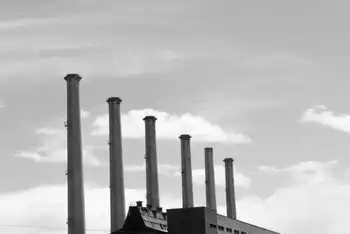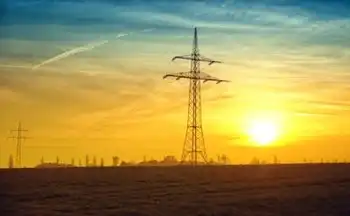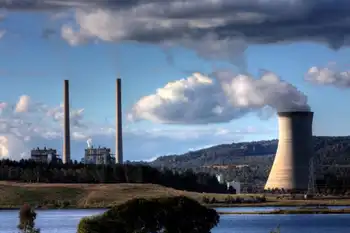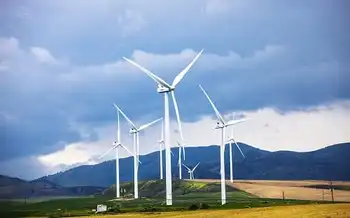Ecuador aims to close loopholes in electric sector
QUITO, Ecuador - QUITO, Ecuador, July 15 (Reuters) - Ecuador's President Lucio Gutierrez has issued a decree to ensure electric companies pay for fuel used to run power plants, in a bid to tap a fresh IMF loan disbursement, officials said on Tuesday.
The decree aims to ensure that electric distribution companies --which are notoriously inefficient and behind on their bills-- pay for energy purchased to ensure the state oil firm receives cash for fuel used in thermal power plants.
Officials close to the government, who requested anonymity, told Reuters the decree is one of the International Monetary Fund's requirements before approving a new disbursement under the country's vital $205 million program with the lender.
The decree --a copy of which was obtained by Reuters on Tuesday-- says that companies involved in electricity distribution must form part of a trust that controls the cash obtained from energy sales.
According to the decree, the companies must give priority to payments for thermal energy over other energy sources and distribution to ensure that state oil company Petroecuador is paid for the fuel used in power plants.
By prioritizing payments, Quito hopes state electric distribution companies will become more efficient, which could also help attract much-needed investments in generation, an official close to the government told Reuters.
The decree should also enable Petroecuador to reel in an additional $200 million next year, he said. The firm, which provides key revenues to the cash-strapped central government, is striving to obtain more money for investment in oil output.
This Andean nation is currently striving to secure IMF approval for a $42 million disbursement under its loan accord signed in March, which will open the door to key credits the government needs to pay some $2.3 billion in debt this year.
Related News

How the 787 uses electricity to maximise efficiency
LONDON - The 787 Dreamliner is different to most commercial aircraft flying the skies today. On the surface it may seem pretty similar to the likes of the 777 and A350, but get under the skin and it’s a whole different aircraft.
When Boeing designed the 787, in order to make it as fuel efficient as possible, it had to completely shake up the way some of the normal aircraft systems operated. Traditionally, systems such as the pressurization, engine start and wing anti-ice were powered by pneumatics. The wheel brakes were powered by the hydraulics. These essential systems required a lot…




